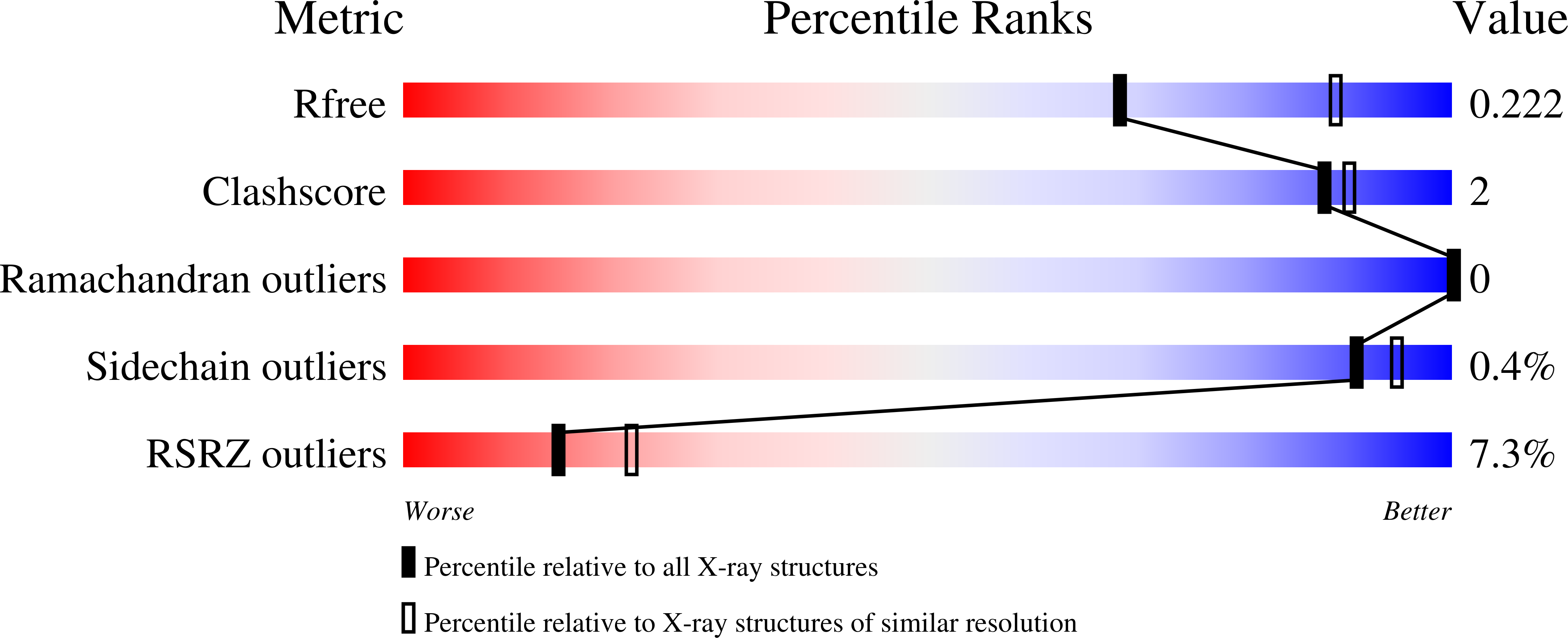
Deposition Date
2021-04-30
Release Date
2022-04-06
Last Version Date
2024-01-31
Entry Detail
Biological Source:
Source Organism:
synthetic construct (Taxon ID: 32630)
Bos taurus (Taxon ID: 9913)
Bos taurus (Taxon ID: 9913)
Host Organism:
Method Details:
Experimental Method:
Resolution:
2.33 Å
R-Value Free:
0.22
R-Value Work:
0.19
R-Value Observed:
0.19
Space Group:
P 1 21 1


